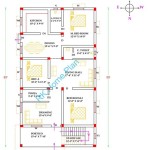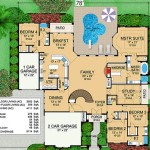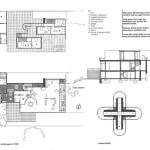Essential Aspects of House Plan Drawing
Designing a house is an exciting journey that requires careful planning and attention to detail. House plan drawing is a crucial step in this process, as it provides a blueprint for your dream home. Here are some essential aspects of house plan drawing that will help you create a functional and aesthetically pleasing living space:
1. Understanding the Building Codes
Before you start drawing your house plan, it's essential to familiarize yourself with the building codes in your area. These codes regulate the size, shape, and layout of your home to ensure safety and structural integrity. Failure to adhere to these codes can result in costly delays or even denial of building permits.
2. Determining Your Space Requirements
Accurately assess your space requirements to create a comfortable and functional home. Consider the number of bedrooms, bathrooms, and other rooms you need based on your family size and lifestyle. Determine the appropriate size and layout of each room to ensure ample circulation and space for furniture and appliances.
3. Planning the Layout
The layout of your house plan is crucial for functionality and aesthetics. Plan the flow of traffic between rooms to avoid bottlenecks and create a smooth and efficient transition. Consider the placement of windows and doors to maximize natural light and ventilation. Strategically position rooms to optimize views and privacy.
4. Choosing the Right Materials
The choice of materials for your house plan affects the durability, aesthetics, and cost of your home. Explore various options for roofing, siding, windows, and interior finishes. Consider the climate, environmental impact, and maintenance requirements of different materials to make informed decisions.
5. Attention to Detail
Pay meticulous attention to every detail in your house plan drawing. Accurately indicate dimensions, specify electrical outlets and plumbing fixtures, and include all necessary notes and specifications. Clear and detailed drawings will ensure smooth construction and prevent costly mistakes.
6. Seeking Professional Advice
For complex or large-scale projects, consider consulting with a professional architect or draftsperson. They can provide expert guidance, ensure code compliance, and create detailed plans that meet your specific needs. Their expertise can help you avoid pitfalls and optimize the design of your home.
7. Presentation and Communication
Clearly present your house plan drawings to contractors, builders, and other parties involved in the construction process. Use CAD software or professional drafting tools to create accurate and visually appealing plans. Effective communication of your design intent will facilitate seamless collaboration and minimize misunderstandings.
Remember, house plan drawing is not just about putting lines on paper; it's about creating a vision for your future home. By considering the essential aspects outlined above and seeking professional advice when necessary, you can design a functional, comfortable, and aesthetically pleasing living space that meets your unique needs and aspirations.

Draw Floor Plans In Half The Time Cedreo

Floor Plan Creator And Designer Free Easy App

House Plans How To Design Your Home Plan

Easy Home Building Floor Plan Cad Pro
House Plan Drawing App On Google Play

Floor Plan Wikipedia

House Plan Drawing Dwg And File Cadbull Plans How To

Home Floor Plans House Plan Drawings

Example Of House Plan Drawing Scientific Diagram

Where You Can Buy House Plans Live Home 3d








